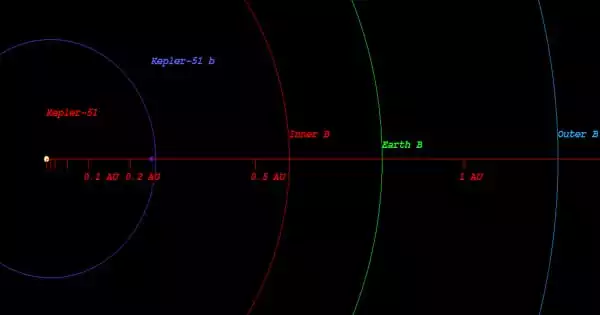Space tourism is still a relatively new industry and its impact on the climate is not yet fully understood. However, it is known that launching rockets and spacecraft into space produces significant carbon emissions. Additionally, space tourism infrastructures such as spaceports and launch sites also have an environmental impact.
It is important for the space tourism industry to take steps to mitigate its climate impact, such as investing in sustainable propulsion systems and minimizing the environmental impact of infrastructure. Research and development in sustainable space technologies need to be done and regulations in place to manage the emissions and other waste generated.
According to a new study, an unregulated space tourism industry may have a greater climate impact than the aviation industry and undo repair to the protective ozone layer. Researchers from UCL, the University of Cambridge, and the Massachusetts Institute of Technology (MIT) used a 3D model to investigate the impact of rocket launches and re-entry in 2019, as well as the impact of projected space tourism scenarios based on the recent billionaire space race, in a paper published today in the journal Earth’s Future.
The team discovered that black carbon (soot) particles emitted by rockets are nearly 500 times more efficient than all other sources of soot combined (surface and aircraft), resulting in an enhanced climate effect.
Furthermore, while the study found that the current loss of total ozone due to rockets is small, current growth trends in space tourism indicate the potential for future depletion of the Arctic’s upper stratospheric ozone layer in spring. This is due to the fact that pollutants emitted by solid-fuel rockets and the re-entry heating of returning spacecraft and debris are especially harmful to stratospheric ozone.
The only part of the atmosphere showing strong ozone recovery post-Montreal Protocol is the upper stratosphere, and that is exactly where the impact of rocket emissions will hit hardest.
Dr. Robert Ryan
“Rocket launches are routinely compared to greenhouse gas and air pollutant emissions from the aircraft industry, which we demonstrate in our work is incorrect,” said study co-author Dr. Eloise Marais (UCL Geography).
“Soot particles from rocket launches have a much larger climate effect than aircraft and other Earth-bound sources, so there doesn’t need to be as many rocket launches as international flights to have a similar impact. What we really need now is a discussion amongst experts on the best strategy for regulating this rapidly growing industry.”
To calculate the findings, the researchers collected information on the chemicals from all 103 rocket launches in 2019 from across the world, as well as data on reusable rocket and space junk re-entry. They also used the recent demonstrations by space tourism entrepreneurs Virgin Galactic, Blue Origin and SpaceX and proposed yearly offerings of at least daily launches by Virgin Galactic to construct a scenario of a future formidable space tourism industry.
These data were then incorporated into a 3D atmospheric chemistry model to explore the impact on climate and the ozone layer.

The team calculates that warming from soot is 3.9 mW m-2 over a decade of modern rockets, with emissions from kerosene-fueled rockets dominating. However, after just three years of additional emissions from space tourism launches, this more than doubles (7.9 mW m-2) due to SpaceX’s use of kerosene and Virgin Galactic’s hybrid synthetic rubber fuels.
This is especially concerning, according to the researchers, because when soot particles are directly injected into the upper atmosphere, they have a much greater effect on climate than other soot sources, with the particles being 500 times more efficient at retaining heat.
The team discovered that, in the case of daily or weekly space tourism rocket launches, the impact on the stratospheric ozone layer threatens to undermine the recovery experienced after the Montreal Protocol’s successful implementation. The Montreal Protocol, which was adopted in 1987, is widely regarded as one of the most successful international environmental policy interventions.
“The only part of the atmosphere showing strong ozone recovery post-Montreal Protocol is the upper stratosphere, and that is exactly where the impact of rocket emissions will hit hardest,” study co-author Dr. Robert Ryan said. We weren’t expecting to see ozone changes of this magnitude, which could jeopardize ozone recovery efforts.
“There is still much to learn about the impact of rocket launch and re-entry emissions on the atmosphere, particularly the future size of the industry and the types and by-products of new fuels such as liquid methane and bio-derived fuels. This research enables us to enter the new era of space tourism with our eyes open to the potential consequences. The discussion about regulating the environmental impact of the space launch industry must begin immediately in order to minimize harm to the stratospheric ozone layer and climate.”
















